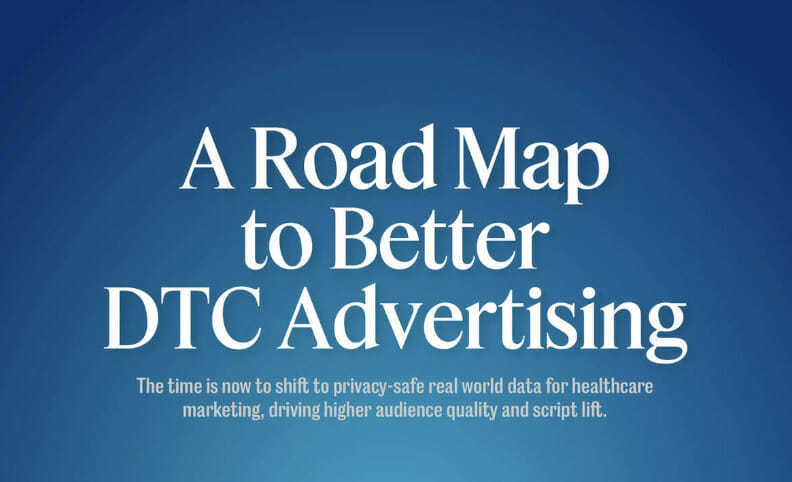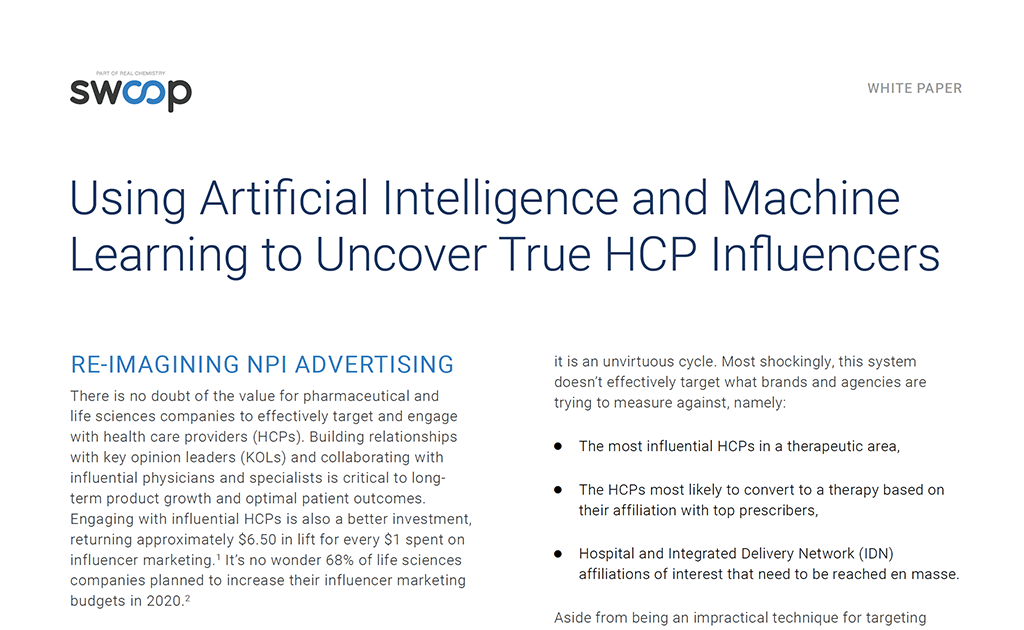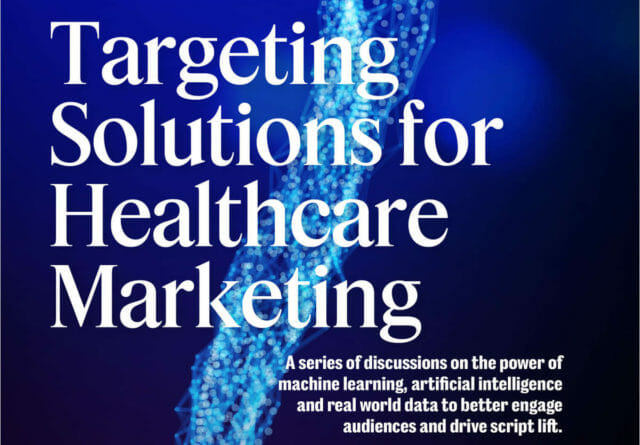Despite the many advances in technology over the last 30-plus years, websites — which first launched in 1991 — have remained largely the same. Nonetheless, the pharmaceutical sector often prioritizes a drug’s brand.com as one of the primary endpoints for their advertising even though these sites have about an 80% bounce rate on average. Not only does this indicate a waste in spend and a misalignment in meeting user needs for interactive and engaging experiences, but encouraging users to take a high-value action (HVA) such as downloading materials, subscribing to lists or obtaining discount cards also remains a challenge within the conventional user experience (UX) framework.
A recent survey titled “Maximizing Impact: The Pharma Marketer Website Strategy,” conducted by Swoop/MM+M, highlights the critical need for enhancing UX to forge deeper connections with customers. This involves engaging them in meaningful ways that encourage valuable actions leading to beneficial downstream behaviors including positive influence on prescriptions.
The survey, which saw participation from 77 individuals across various industry sectors including pharmaceuticals, biotech and advertising/marketing/communications, revealed a consensus on the importance of improving website engagement to educate patients, raise brand awareness, capture leads and provide support services. However, traditional calls to action such as visiting static websites for more information is not effective enough. Directing patients to brand.com generally results in a clunky experience that most potential customers abandon before taking an HVA.
High-value actions were deemed very important by 64.7% of respondents, with preferred HVAs including signing up for future information (51.2%), opting into marketing materials (48.8%), requesting more medical information (39%), scheduling appointments with sales representatives (39%) and downloading a copay card (22%). Tracking these HVAs typically involves using tools such as Google Analytics (42%), in-house tracking tools and systems (22%) and third-party services (10%). Success is measured by user engagement (89%) followed by time on site (74%), conversion rates (68%), page views (66%), traffic sources (43%), search engine rankings (40%) and bounce rate (40%).
To make the most of site visits and achieve the goal of giving users an intuitive educational online experience that is also compliant with medical, regulatory and legal (MLR) demands, conversational AI should be integrated into websites. Conversational AI can dramatically enhance the UX by allowing users to get an answer to any query on-demand. This technology enables real-time, accurate responses, leading users to HVAs, fostering brand loyalty and ensuring access to correct and brand-driven medical information. A case study by Swoop showcased an 800% increase in HVAs after implementing conversational AI, underscoring the technology’s potential to significantly boost online engagement and success metrics. Additionally, marketers can use insights from these conversations, integrating the voice-of-the-customer into future campaigns.
Conversational AI transforms the UX from a passive search and scroll model to an interactive ask and answer format. This not only improves engagement but also ensures that healthcare professionals, patients, caregivers and potential customers receive reliable, immediate answers to their questions, innovating pharma websites. As users grow more reliant on virtual agents and expect ask/answer as the default experience, implementing conversational AI allows brands to match this user behavior, elevating their site over competitors. The outcome is an increase in HVAs, enhanced engagement and safe, round-the-clock interaction, ultimately leading to greater brand success that is likely to result in elevated prescription lift.
For more insights on how Swoop’s AI solutions are optimizing health outcomes and commercial success by improving the way brands connect with their audience, visit Swoop.com or contact us at [email protected].










